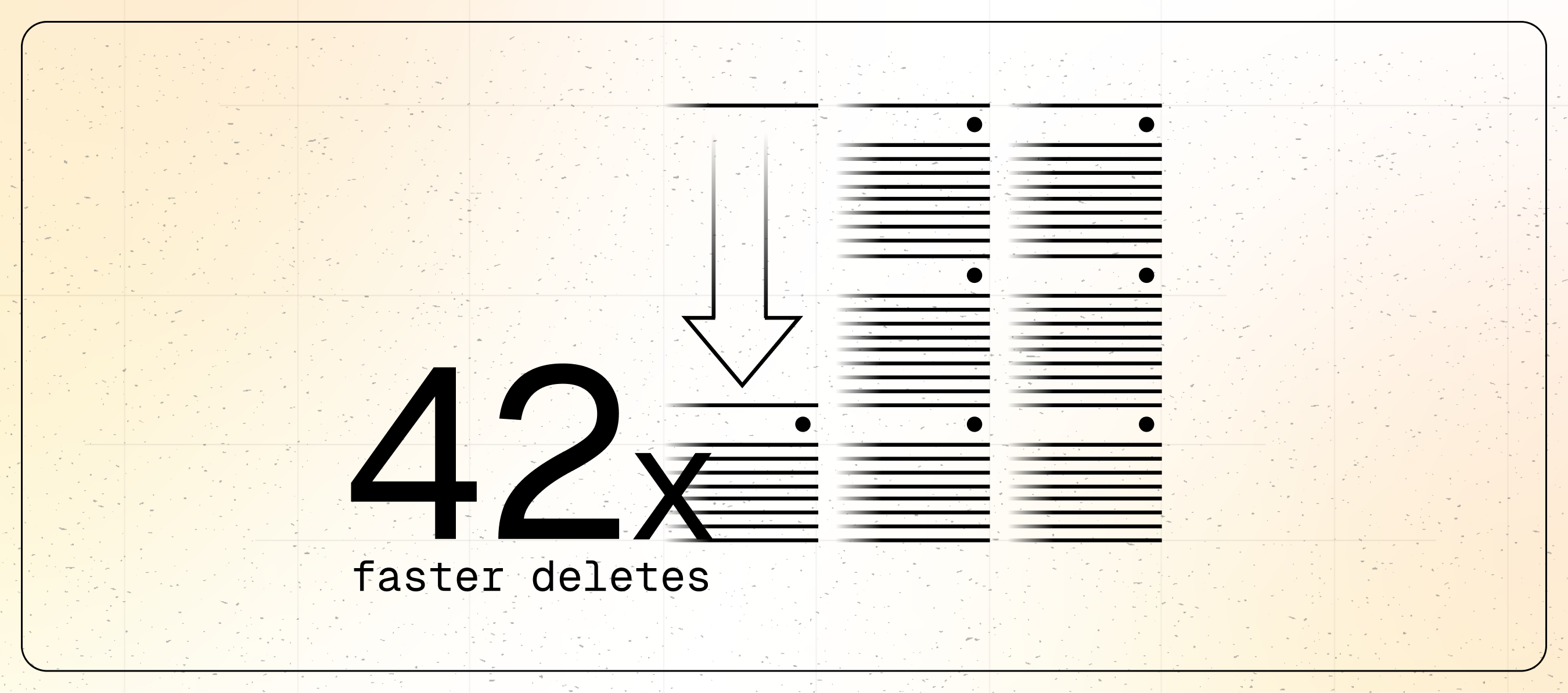
Outdated Software, Nationwide Chaos: United Airlines Grounds Flights After System Meltdown
United Airlines passengers across the country found themselves stranded, confused, and angry on Wednesday as a massive technology failure triggered a nationwide grounding of flights. The culprit: Unimatic, a decades-old internal system so vital to United’s operations that when it failed, the airline had no choice but to bring the entire operation to a standstill. From major hubs in Chicago, Newark, Denver, Houston, to San Francisco, the outage rippled through the airline’s scheduling, flight tracking, and aircraft balancing systems. An alert on the Federal Aviation Administration’s website confirmed that all United flights destined for Chicago were halted at their departing airports. The FAA later expanded the notice to cover several other key airports. “Safety is our top priority, and we’ll work with our customers to get them to their destinations,” United said in a brief email statement. But for the more than 1,000 delayed flights and over 60 cancellations, the reality was grim. Passengers reported hours-long waits on tarmacs, missed connections, and sleepless nights in unfamiliar terminals. By nightfall, United confirmed that the underlying technical problem had been resolved and that systems were being gradually restored. Yet recovery would take time. The domino effect of one system crashing created residual delays across the country. Customers, many of them stranded with no clarity, aired their frustrations online. “Hey there, we apologize for the travel disruption today,” United responded to one irate passenger on social media platform X. “Our teams are working to resolve the outage as quickly as possible.” The problem stemmed from Unimatic, a legacy software platform developed decades ago and still central to United’s flight operations. The system manages flight information like crew scheduling, weight-and-balance calculations, and aircraft movement logs. It’s an internal system that few passengers know about but upon which the entire fleet depends. Transportation Secretary Sean Duffy clarified that the failure had nothing to do with broader air traffic control or recent cyber threats that have plagued the aviation industry. But that didn’t soothe the growing criticism about the industry’s reliance on aging infrastructure. “This is exactly what happens when billion-dollar companies refuse to modernize,” one aviation analyst tweeted. “You wouldn’t trust a 30-year-old car to drive cross-country. Why are we trusting it to fly planes?” Passengers at Louis Armstrong New Orleans International Airport described chaotic scenes. Some were already on planes ready to taxi before being told to return to the gates. Others learned of the shutdown through frantic gate agents. Johan Kotze, en route to the island nation of Mauritius for vacation, lamented the domino effect. “This delay means I’ll miss all my connecting flights, my hotel booking, my car rental – everything. It’s not very nice,” he said. United has promised to cover expenses like hotels and meals where appropriate, but the disruption left a mark that no voucher could fix. For many, it was a reminder of the fragility of air travel in a hyper-connected, yet poorly updated, digital ecosystem. Airline experts have long warned that the industry’s backbone includes outdated systems that were never designed to withstand the scale and complexity of modern flight operations. United isn’t alone in this vulnerability. Earlier this year, a similar tech issue at Southwest Airlines led to over 800 delayed flights in one day. While United says it has teams working on long-term upgrades, Wednesday’s meltdown revealed just how thin the margin of error truly is. As systems slowly returned to normal, the broader implications of the outage became clear. Travelers’ rights groups renewed calls for regulatory oversight of airline tech systems. Lawmakers began probing the readiness of U.S. carriers to handle peak travel periods with robust, modernized tools. “This is a wake-up call,” said Sen. Maria Cantwell (D-WA), chair of the Senate Committee on Commerce, Science, and Transportation. “We can’t allow legacy tech to ground the country again.” For the passengers who missed weddings, funerals, vacations, and work meetings, the apology emails and discount coupons were little consolation. What they wanted was what they paid for: to simply fly, safely and on time. And for that, the airline industry may need more than a patch—it may need a full system reboot.










